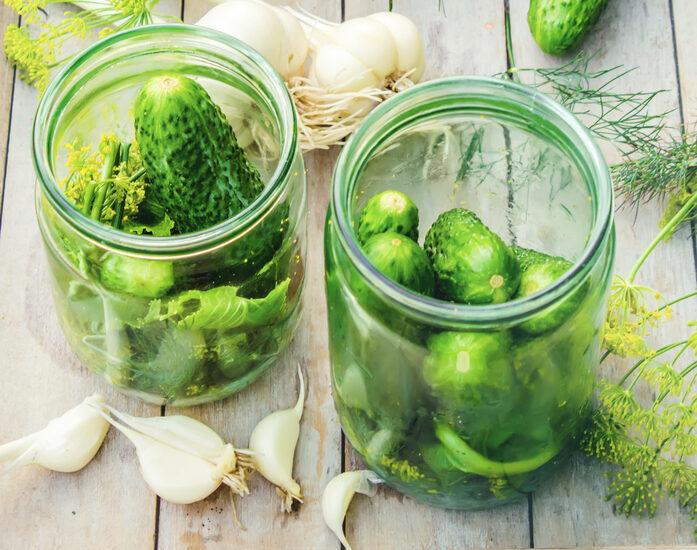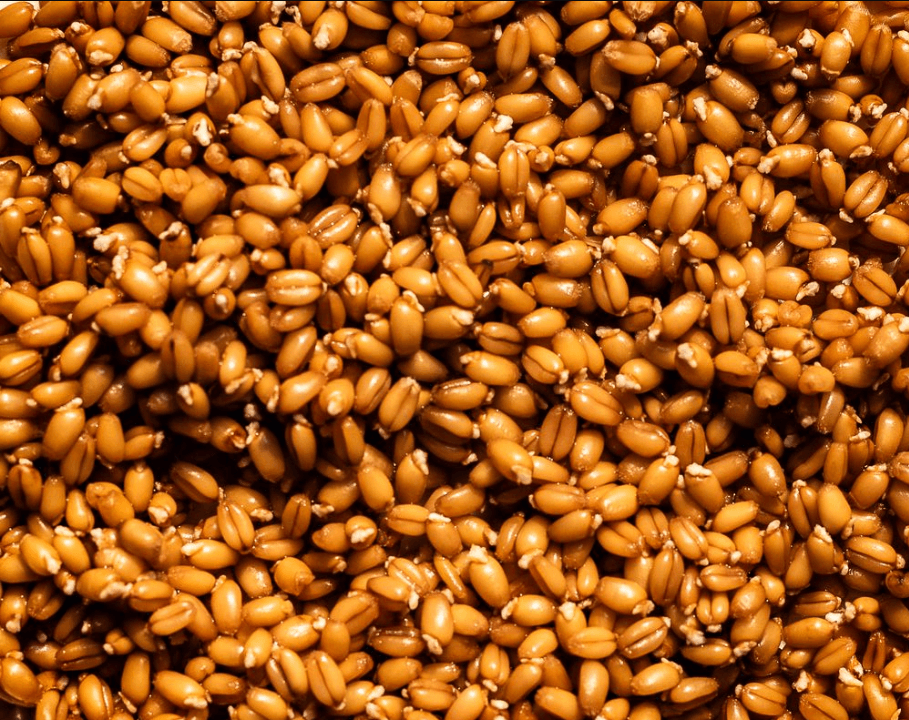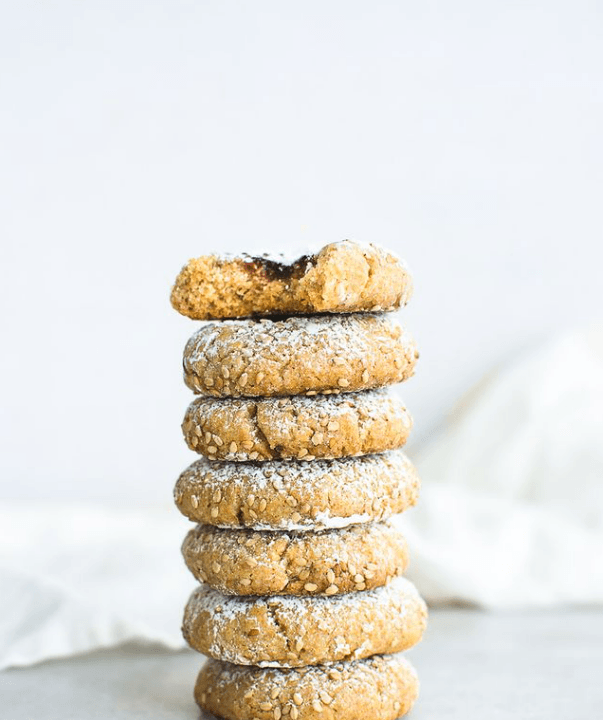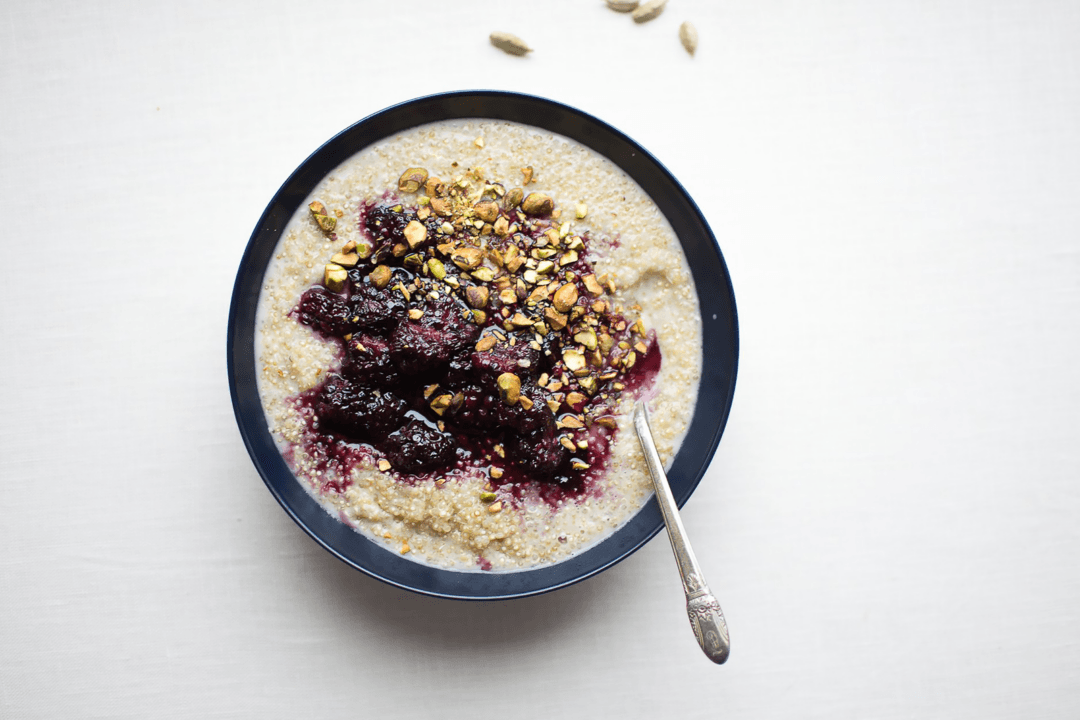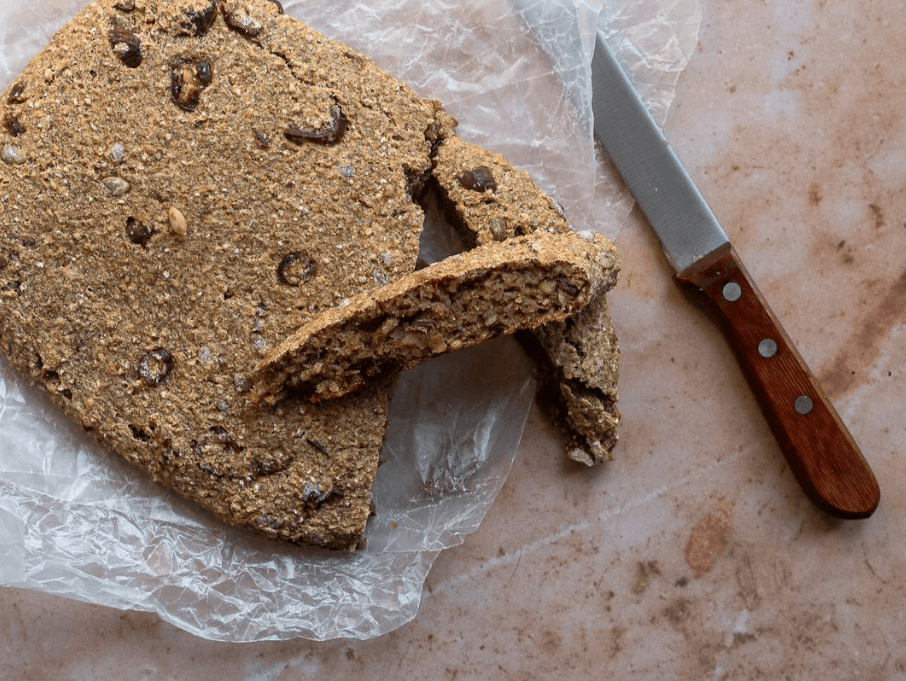This time of year, you can often find baskets of pickling cucumbers at your local farmers market. Compared to slicing cucumbers available in supermarkets year-round, this thin-skinned, stubby variety enjoys a relatively short season that lasts only a few weeks. Those few precious weeks of late summer just so happen to coincide with when dill blooms. It’s a natural harmony that marks the beginning of pickle season.
You might remember your grandmother standing over a hot stove, packing cucumbers into jars with vinegar, salt, and dill before canning them in a bath of boiling water. It’s a tradition that preserves the bounty of summer for use during winter’s leaner months. Canning and pickling kept families fed when food was scarce due to economic challenges and food shortages. During both world wars, the federal government encouraged growing gardens and making pickles. Homemakers took up the challenge, considering it an act of both thrift and patriotism.

